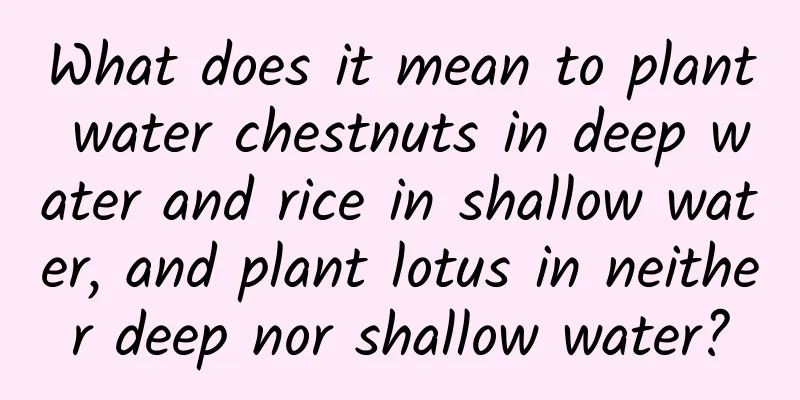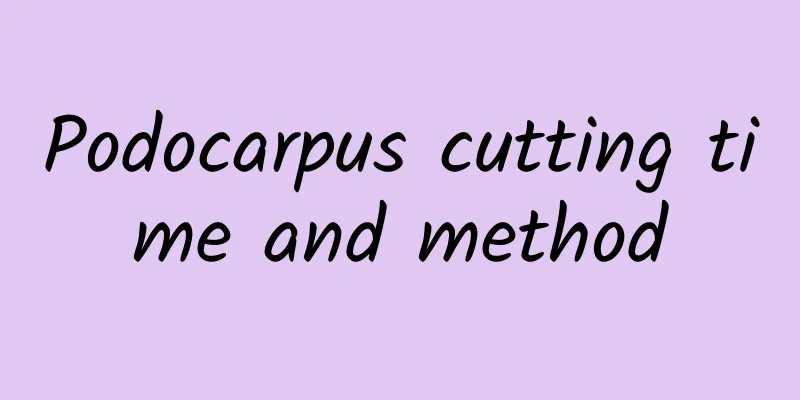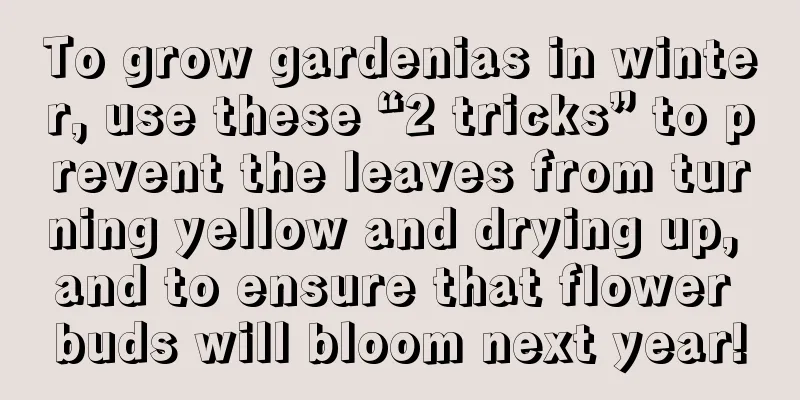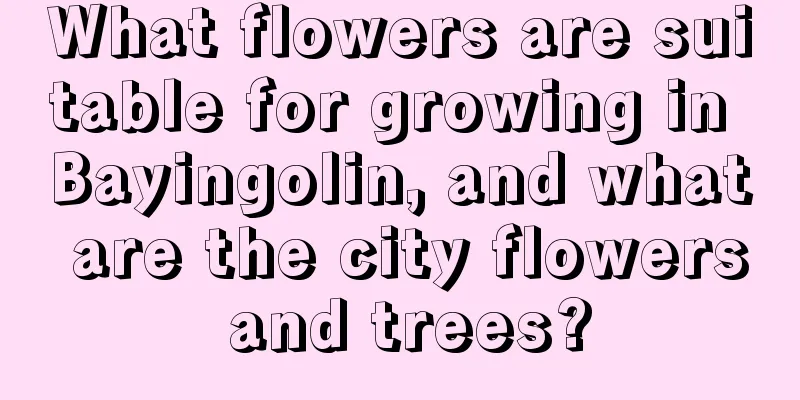What does it mean to plant water chestnuts in deep water and rice in shallow water, and plant lotus in neither deep nor shallow water?

|
“Plant water chestnuts in deep water, plant rice in shallow water, and plant lotus in waters that are neither too deep nor too shallow” means that people plant water chestnuts in deep water, plant rice in shallow water, and plant lotus in waters that are neither too deep nor too shallow. During the Qing Dynasty, there was an official named Ruan Yuan, who once served as governor of Zhejiang. On weekdays, the governor was not sitting in the government office, but thinking about the people and agricultural production. He often went to the countryside to inspect the people's conditions. Over time, he became very familiar with the local mountains, rivers, terrain, customs and folkways. In the second year of Jiaqing, Ruan came to Wuxing City, south of Taihu Lake, and saw that four rivers, including Tiaoxi River and Zhuxi River, met here. The land was divided by a dense spider web of water systems, with large rivers and small streams everywhere. The abundant running water brought vitality to the fields south of the Yangtze River. The Wuxing area is not only beautiful, but also very prosperous, with houses along the water connected to each other and a dense population. The farmers here divide the paddy fields into three categories according to the characteristics of river distribution. They plant water chestnuts in deep water, rice in shallow water, and lotus roots in water that is neither too deep nor too shallow . By making full use of natural resources, an ingenious ecological balance is formed, so that water chestnuts, rice and lotus all grow well. Ruan Yuan was moved by the beautiful scenery of Jiangnan, and was even more impressed by the farmers' ingenuity in producing according to local conditions. He wrote a poem called "Miscellaneous Poems of Wuxing". PoemFour large rivers surround Wuxing City, flowing in a winding and intertwined manner, dividing them into many streams, where thousands of families live by the streams. The people here take advantage of the excellent natural conditions, planting water chestnuts in deep water areas, rice in shallow water areas, and lotus in water areas that are neither too deep nor too shallow. About the AuthorRuan Yuan was a scholar in the Qing Dynasty. He was a Jinshi in the Qianlong period and entered the Hanlin Academy. He served as an official until the Jiaqing and Daoguang periods. He had a prominent career and profound knowledge throughout his life, and had high attainments in classics, local chronicles, epigraphy, and poetry. He wrote more than 180 books, including "Imperial Qing Dynasty Classics Interpretation", and was respected as a leader in the academic world. Le ShuoThe poem is simple, innocent and natural, which makes people think deeply. The last two sentences describe how people arrange the planting varieties reasonably according to the depth of water level, which not only increases the income but also gives people a beautiful enjoyment. It also contains some profound truths. |
<<: Cultivation methods and precautions of Pansy
>>: How much does corn drip irrigation cost per acre (corn field drip irrigation cost)
Recommend
Advantages and disadvantages of British rhythm roses
The British Beat Rose is quite different from oth...
How to cultivate golden lily flower
Goldenrod growing conditions The golden lily like...
Diseases and control methods of arrowroot
Diseases of Arrowroot The common diseases of Arro...
How to plant Panax notoginseng in pots and planting techniques and key points to pay attention to
Potted Panax notoginseng growth environment requi...
Cultivation methods and precautions of bear's paw wood
1. Maintenance methods 1. Soil: When cultivating ...
How to water Christmas cactus without root rot (correct watering method and precautions)
In fact, there are different methods of watering ...
Common diseases of Impatiens and their prevention and control methods
Common diseases of Impatiens: Powdery mildew Symp...
How to grow hydroponic plants more vigorously
Hydroponics is a new type of indoor soilless cult...
Comprehensive knowledge on lavender care
Pruning Newly planted lavender grows slowly in th...
How to breed the Queen of the Cliff
Cliff Queen Growing Conditions The Queen of the C...
When does peony bloom?
When does it bloom? The flowering period of peony...
Maintenance experience: I grew the Black Mage into a tree
Meet the Black Mage First, let’s get to know the ...
How to raise small stone pile
1. Breeding environment 1. Soil: It is best to us...
Apple tree planting and management methods in August
August will usher in two important solar terms, B...
Does Dendrobium prefer shade or sun?
Does Dendrobium prefer shade or sun? Dendrobium i...









